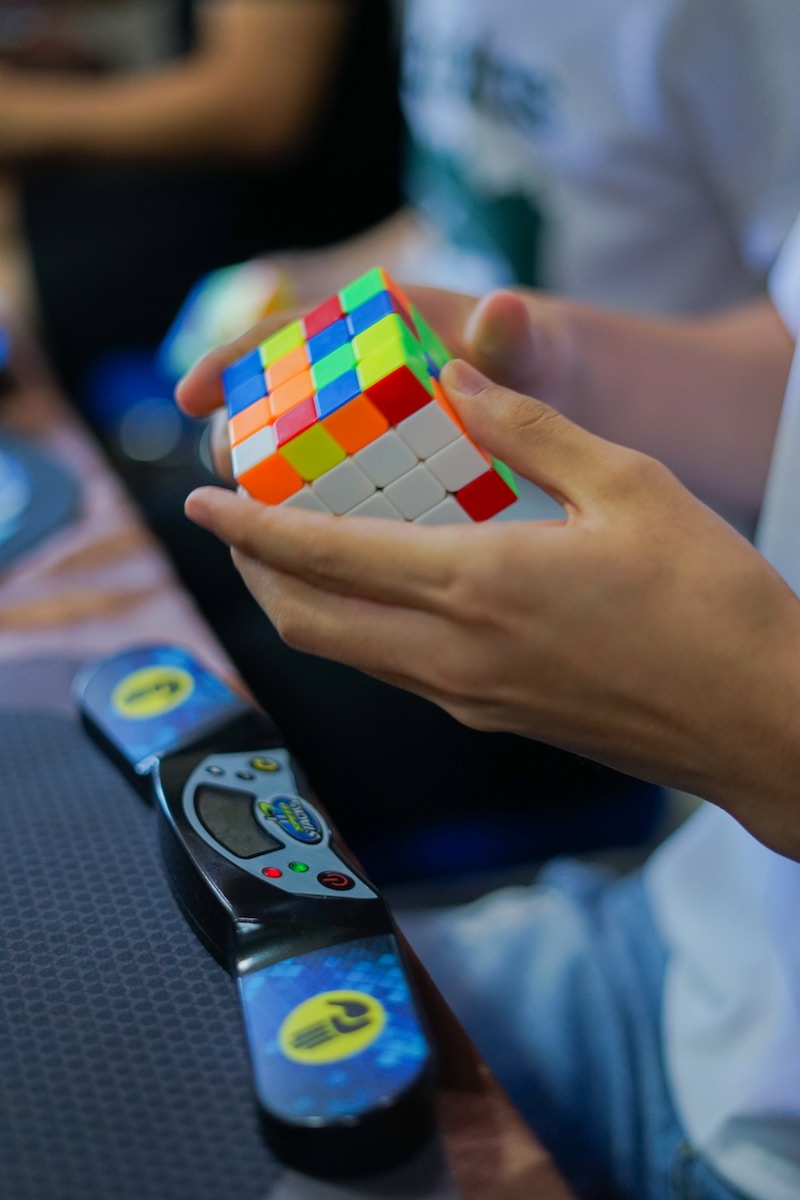Muscle memory is a fascinating phenomenon that plays a crucial role in our ability to perform various tasks with precision and ease. Despite its name, muscle memory is not strictly related to our muscles but rather to our brain and nervous system. It refers to the ability to perform certain movements or actions automatically, without conscious thought, as a result of repeated practice and training.
The process of muscle memory begins with the repetition of a specific movement or action. When we repeatedly perform a task, such as playing a musical instrument or practicing a sport, our brain and nervous system develop neural pathways dedicated to that particular movement. These pathways become more efficient and streamlined with each repetition, allowing the action to be executed more effortlessly over time.
The key to muscle memory lies in the concept of neuroplasticity, which refers to the brain’s ability to adapt and change in response to experiences and learning. Through repeated practice, the neural connections associated with the desired movement become stronger and more efficient. This process involves the strengthening of synapses, the connections between neurons, and the refinement of motor skills.
Once these neural pathways are established, the movement becomes deeply ingrained in our memory. It becomes a stored pattern of activity that can be accessed and executed rapidly, without the need for conscious thought. This is why skilled musicians can effortlessly play complex pieces or athletes can perform precise movements without consciously thinking about each step.
Interestingly, muscle memory is not limited to physical activities alone. It can also apply to cognitive tasks, such as typing or playing chess, where certain sequences of movements need to be executed with speed and accuracy. In these cases, the brain develops muscle memory for the specific finger movements or thought processes required to perform the task efficiently.
It is important to note that muscle memory can be both beneficial and detrimental. While it allows us to perform tasks with ease, it can also lead to the development of bad habits or incorrect techniques if the initial learning process is flawed. Therefore, it is crucial to ensure that the initial practice and training are conducted with proper guidance and technique to establish correct muscle memory.
In conclusion, muscle memory is a result of repeated practice and training, leading to the development of efficient neural pathways in the brain. It allows us to perform tasks automatically and effortlessly, without conscious thought. Understanding how muscle memory works can help us optimize our learning and performance in various domains, from sports and music to everyday tasks that rely on well-practiced movements.
Related Stories:
https://blog.nasm.org/muscle-memory
https://www.cnn.com/2023/06/21/health/muscle-memory-explainer-wellness/index.html
https://www.masterclass.com/articles/what-is-muscle-memory
https://www.washingtonpost.com/wellness/2022/08/09/muscle-memory-motor-skills-fitness/
Take Action:
https://www.livestrong.com/article/256269-how-to-build-muscle-memory/










